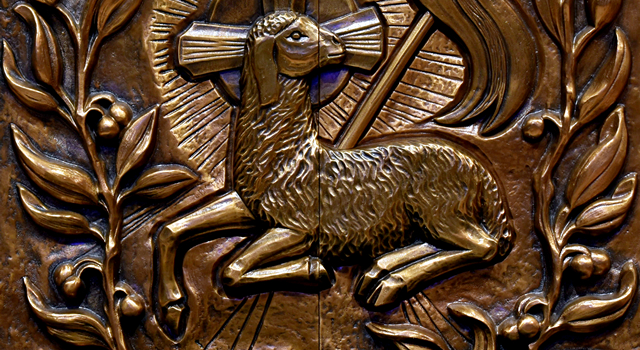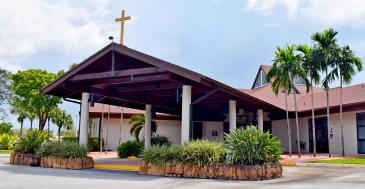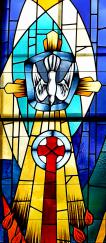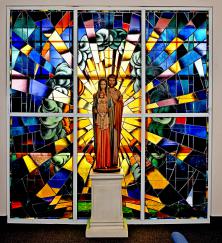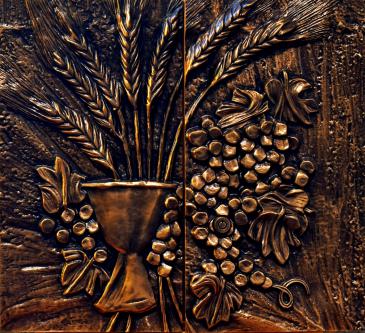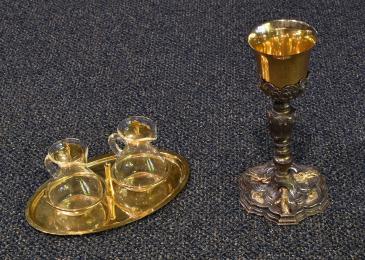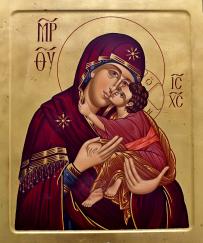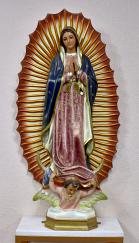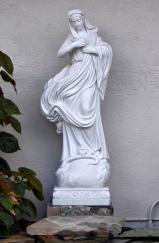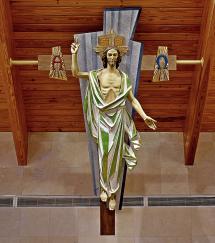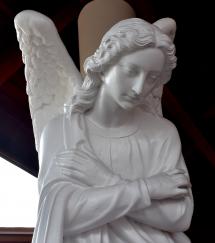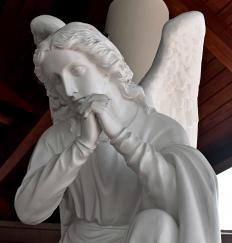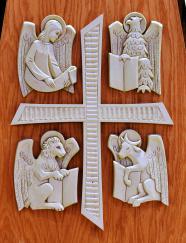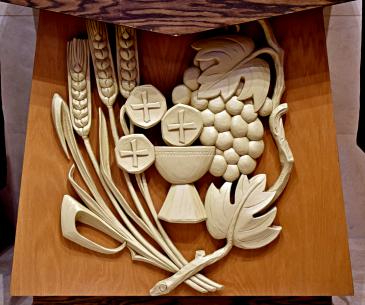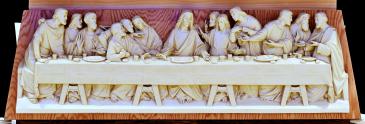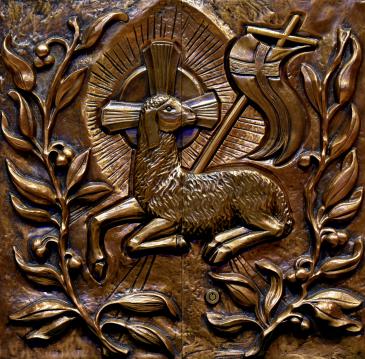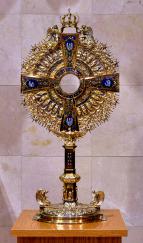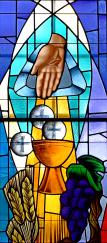By Jim Davis - Florida Catholic
Photography: Jim Davis
PEMBROKE PINES | Asked to name a few saints, most people likely wouldn't think of St. Edward. But perhaps they should. For our current era of wars, poverty and wasteful spending, this millennial king of England sets an example for peace and benevolence.
Edward, whose feast day falls on Oct. 13, was born near Oxford between 1003 and 1005. He was the son of King Ethelred II, who was deposed by the Danes. Edward's family was exiled to the court of an uncle in Normandy.
In exile, Edward showed more love for prayer and assisting at Mass than for power and worldly pleasures. But in 1042, after the death of the Danish king, he was called to take the English throne.
His reign was marked by gentleness and prosperity. He ended some taxes and reduced others. He was generous to the poor and lived on his family's inheritance, rather than money from the royal coffers. Instead, he rebuilt churches and monasteries, as well as giving to the poor. He caught a servant stealing from him — three times — but released him. "He needs it more than I do," the king remarked.
So austere was Edward's personal life that one source, the BBC, said he was "rather like a crowned monk." Pressed into marriage for appearance's sake, he lived with his wife in celibacy and never sired a child.
Edward also avoided war for most of his reign, except for quelling a Welsh rebellion. When a rival for his throne, Earl Godwin, brought a fleet to fight him, Edward met him and they settled peaceably.
Numerous stories said that Edward's very touch could heal. He is said to have healed people from scrofula, or tuberculosis of the lymph nodes in the neck.
In one story, a man's blindness was cured with water that had washed Edward's hands. In another, the king hoisted a crippled man onto his shoulders and carried him to church — an act that healed the man during the trip.
Edward had promised that if he could gain the throne in England, he would visit St. Peter's tomb in Rome, but duties of state prevented him from going. Instead, he built the imposing Westminster Abbey in honor of Peter.
He didn't get to visit that apostle, but another one may have visited him. According to a legend, Edward took a golden ring off his finger and gave it to a beggar. Soon after, a stranger met two men in the Holy Land, handed them the ring, and told them to return it to the king.
"I am John the Evangelist," the man said, according to the legend. He added that in a few months, he would escort Edward to heaven. Edward died soon after, on Jan. 6, 1066. His remains lie at Westminster.
But his influence reached beyond death: For centuries, people visited his tomb to ask for healing. King Richard II even prayed there for help against the Peasants' Revolt in 1381.
In 1102, Edward's tomb was opened and his corpse was found incorrupt, even emitting a sweet fragrance. He was honored as the patron saint of England for centuries, before being replaced by St. George in 1348.
The South Florida church that bears his name sits about two miles from the Everglades, serving the growing communities of southwestern Broward County. But St. Edward parish is actually a double namesake.
It was named first for the English king when the late Archbishop Edward McCarthy announced its creation in 1995. Less formally, the congregants also considered the parish named for Archbishop McCarthy himself, as the last parish he founded before his retirement.
Its first pastor was Father Michael Eivers, who was reassigned from St. Boniface in eastern Pembroke Pines. The members met first in individual homes, then at public schools. But the church had its first building by January 2000.
Under the current pastor, Father John Peloso, St. Edward retired its debt with a mortgage-burning celebration in May 2019. By then, the congregation had grown to 2,800 members, with 44 ministries and Mass in Spanish as well as English.
